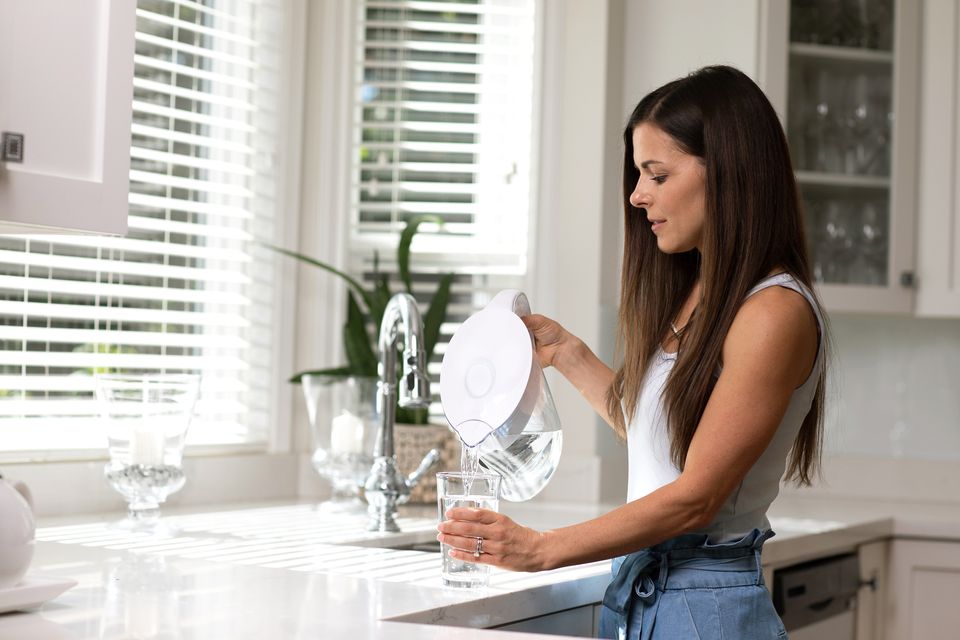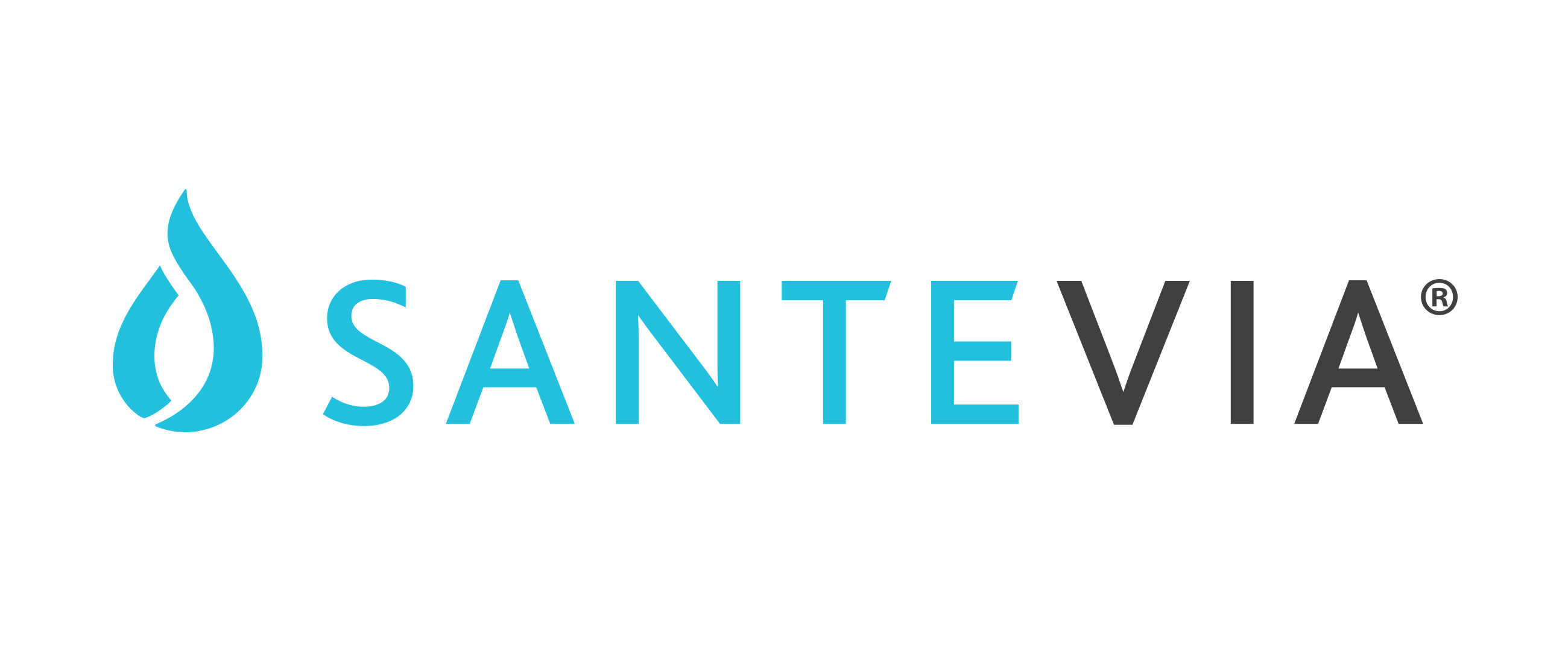Santevia vs Brita: The Benefits of Mineralized Water Filtration

Highlights
- Santevia filters lead and adds minerals, while Brita only removes contaminants
- Comparable cost per liter for both filters, with Santevia providing more benefits
- Mineralized water recommended by the World Health Organization
The Mineral Difference: Santevia vs Brita
We all know the importance of staying hydrated and the benefits of clean, filtered water. But did you know that not all water filters are created equal? While Brita is a well-known brand in the water filtration market, Santevia's water filters offer unique advantages that set them apart. In this blog post, we will compare and contrast Brita’s water filtration with Santevia’s water filtration, focusing on the Santevia MINA Pitcher as the closest comparison to Brita’s products.
Removing Contaminants: Filtering Lead and More
Both Santevia and Brita filters effectively remove contaminants from your drinking water. However, a key difference is that Santevia filters also remove lead, while Brita's standard filter does not1. Brita's Longlast filter does filter lead, but it still does not add minerals, and the cost per liter is identical to Santevia’s cost per liter.
In addition to lead, the Santevia MINA Pitcher filters 99% of chlorine, 99% of PFAS and PFOS, and 99% of cadmium. Brita filters also remove 99% of chlorine and 99% of cadmium.
Adding Minerals: Healthier, Better-Tasting Water
One major advantage of Santevia water filters is that they not only remove contaminants but also add back healthy minerals. The filters introduce calcium, magnesium, potassium, and trace minerals, making the water healthier and improving its taste.
Mineralized water is recommended by the World Health Organization2, and the improved taste may encourage you to drink more water. Staying hydrated can help satiate feelings of hunger and promote overall health3.
Eco-Friendly and Convenient: Filter Recycling and Replacement
Santevia's MINA filter is easily recyclable at home, whereas Brita filters require in-store recycling through a third-party, which can be inconvenient. This makes Santevia a more eco-friendly and user-friendly choice.
In addition, Santevia offers an app to help you remember when to change your water filter, sending you a text message or email as a reminder4.
Comparing Costs: A Worthwhile Investment
While the Santevia filter is slightly more expensive than a Brita filter, the cost per liter for both filters is very similar: approximately $0.07 per liter for Santevia and $0.05 per liter for Brita. Considering the additional benefits provided by Santevia's mineralized water, this makes it an enticing choice for consumers.
Quality and Transparency: Made in Canada and Tested to NSF Standards
The NSF International (National Sanitation Foundation) is an independent, accredited organization that tests and certifies products in various industries, including water, and consumer goods. Companies can either have their products tested and certified directly by NSF International or purchase the relevant NSF standards and perform the tests themselves, ensuring compliance with industry requirements and regulations.
Santevia filters are made in Vancouver, Canada, and are tested to NSF standards by a third-party laboratory called ALS, a leading water testing company with locations across North America. Although not tested directly by NSF, and instead using a 3rd party laboratory ALS, Santevia is committed to transparency and makes its testing results available online.
In contrast, Brita is a multinational corporation owned by Clorox. Brita water filters are tested and certified by NSF and their standard filter carries the NSF 42 certification for reduction of aesthetic contaminants, such as chlorine and particulate reduction.
Durability and Safety: The MINA Pitcher Advantage
The Santevia MINA Pitcher is made from Tritan plastic, which is much harder and more durable than the polypropylene used in Brita pitchers. Tritan plastic is BPA/BPS-free, ensuring that your water is free from harmful chemicals5.
In addition to its durability, the MINA Pitcher has a volume of 9 cups (2.1 liters), providing a generous amount of filtered water for daily use. The MINA Pitcher typically retails for $59.99 CAD and $49.99 USD.
Conclusion
When comparing Santevia's water filtration to Brita's, it's clear that Santevia offers a number of advantages, including the removal of lead, the addition of healthy minerals, eco-friendly and convenient filter recycling, and a durable, BPA/BPS-free pitcher. With a comparable cost per liter and the backing of third-party testing, Santevia's mineralized water filtration is a smart choice for those seeking healthier, better-tasting water.
Footnotes
- Santevia. (2021). Santevia Testing Results. Retrieved from https://support.santevia.com/
- World Health Organization. (2004). Guidelines for Drinking-Water Quality. Retrieved from https://www.who.int/
- Dennis, E. A., Dengo, A. L., Comber, D. L., Flack, K. D., Savla, J., Davy, K. P., & Davy, B. M. (2010). Water consumption increases weight loss during a hypocaloric diet intervention in middle-aged and older adults. Obesity, 18(2), 300-307.
- Santevia. (2023). Filter Ease Filter Reminder. Retrieved from https://filter.santevia.com/
- Eastman. (2021). Tritan Plastic. Retrieved from https://www.tritansafe.com/

